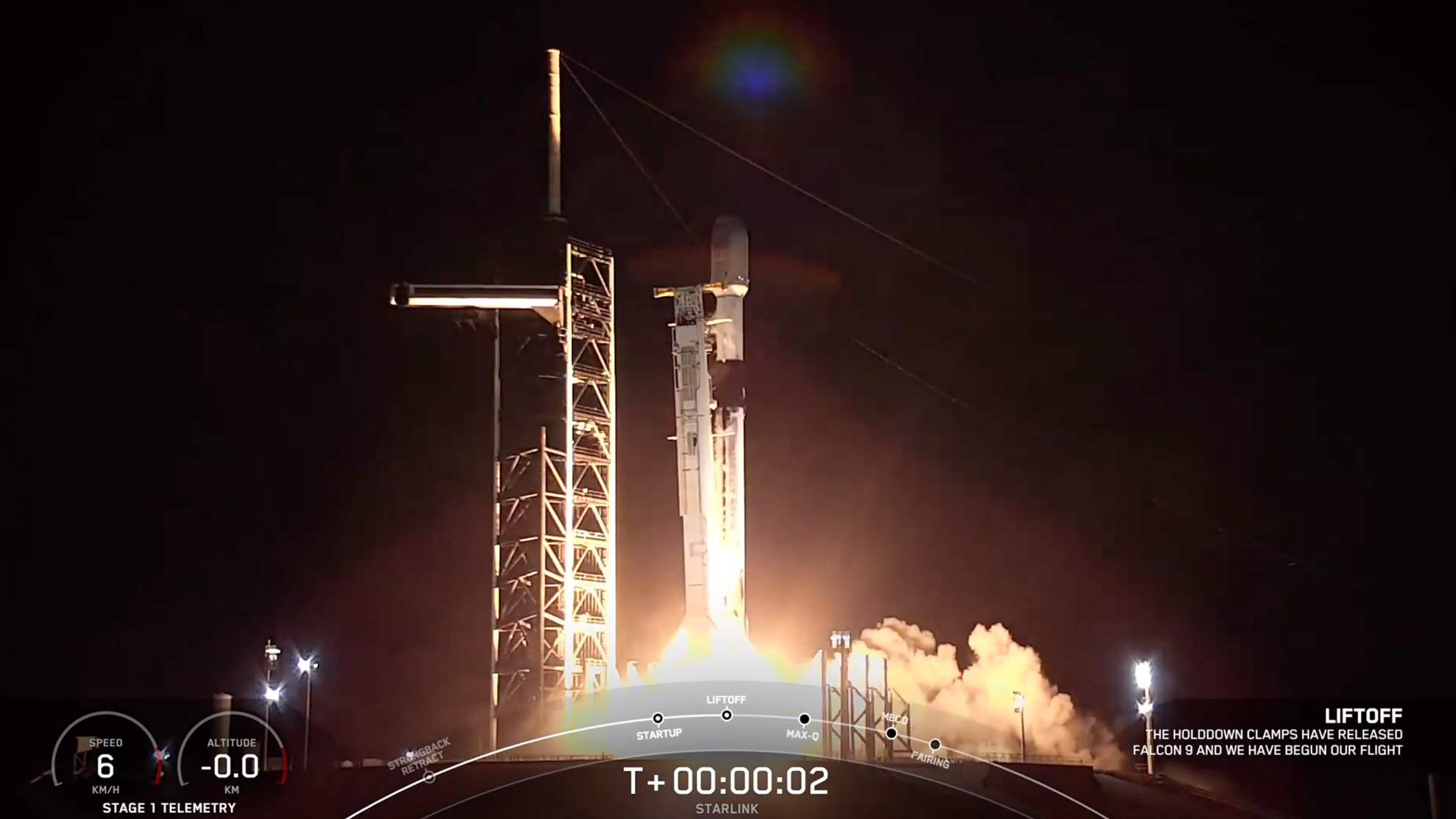Cosmic Bling! Colorful Nebulas Decorate Orion's Belt in Stargazer Photo

Miguel Claro is a professional photographer, author and science communicator based in Lisbon, Portugal, who creates spectacular images of the night sky. As a European Southern Observatory photo ambassador, a member of The World At Night and the official astrophotographer of the Dark Sky Alqueva Reserve, he specializes in astronomical skyscapes that connect Earth and the night sky. Join Miguel here as he takes us through his photograph "The Rich Colorful Field of Orion's Belt."
Orion is teeming with nebulas in this colorful deep-space image.
In the top center of the image, three bright blue supergiant stars — Mintaka, Alnilam and Alnitak (from left to right) — form a stellar triplet also known as Orion's Belt, located in the constellation Orion the Hunter. This colorful starfield features two bright red clouds of hydrogen gas in the Orion Molecular Cloud Complex.
Appearing as a silhouette in front of the red cloud near the top of the image — an emission nebula known as IC 434 — is the iconic Horsehead Nebula, a dark cloud of obscuring dust to the right of Alnitak, the easternmost star of Orion's Belt. Below Alnitak is the Flame Nebula, a beige-colored cloud containing dark dust lanes.
Following the vast cloud of dense, brown gas and dust downward, we find Messier 78, a bright- blue reflection nebula located in the center of the picture. Unlike emission nebulas, which emit their own light, reflection nebulas reflect light from nearby stars. [The Splendor of the Orion Nebula (Photos)]
The second bright red cloud that spans horizontally across the photo is the end of Barnard's Loop (designated Sh 2-276), an emission nebula that forms an enormous arc around the Orion Molecular Cloud Complex. Beneath Barnard's Loop in the bottom center of the image is yet another interesting dark nebula, LDN 1622, also known as the Boogie Man Nebula.
To capture this image of Orion's Belt, I used a Nikon D810a DSLR astrophotography camera with a Sigma 150-600mm DG OS HSM Sports lens set to 250mm with f/5.6, auto-guided with a EQ6 Pro equatorial mount. The camera was programmed to shoot with an ISO setting of 2000 and an exposure time of 240 seconds. The final composite combines 26 frames with a combined exposure time of 104 minutes. Image processing was completed with PixInsight 1.8 and Adobe Photoshop CC.
Get the Space.com Newsletter
Breaking space news, the latest updates on rocket launches, skywatching events and more!
The image was taken from the Cumeada Observatory, headquarters of Dark Sky Alqueva Reserve in Reguengos de Monsaraz, Portugal.
Editor's note: If you captured an amazing astronomy photo and would like to share it with Space.com for a story or gallery, send images and comments to managing editor Tariq Malik at spacephotos@space.com.
To see more of Claro's amazing astrophotography, visit his website, www.miguelclaro.com. Follow us @Spacedotcom, Facebook and Google+. Original article on Space.com.
Join our Space Forums to keep talking space on the latest missions, night sky and more! And if you have a news tip, correction or comment, let us know at: community@space.com.









